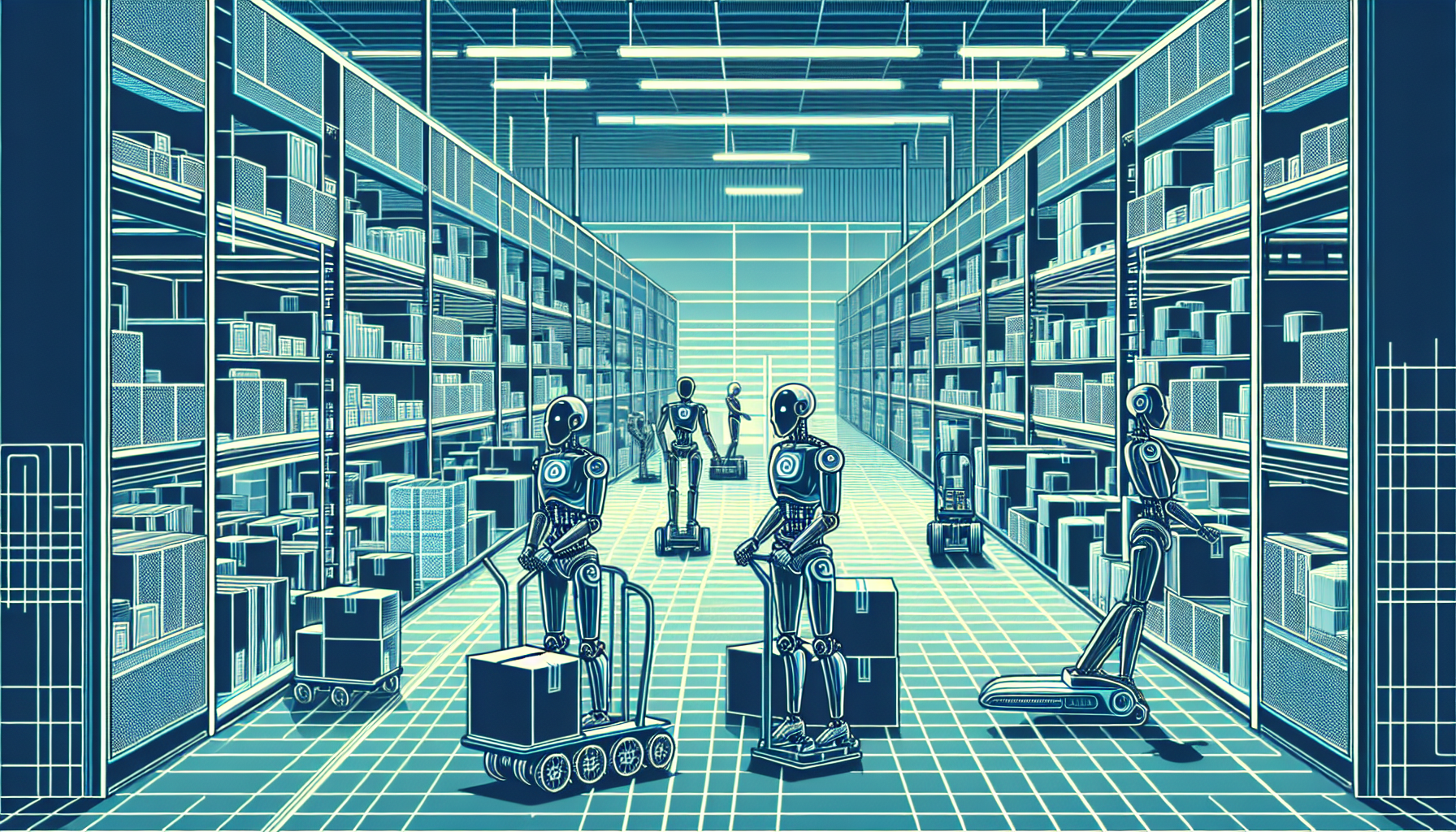Amazon is changing the world of robotics by turning its robots into intelligent helpers that understand and use human language. This shift is powered by artificial intelligence, allowing Amazon’s robots to listen, reason, and act more like people. Their vision is reshaping how warehouses and supply chains are managed, setting a new standard for efficiency and innovation.
The Rise of Intelligent Robots
Amazon’s journey with robotics began with machines like Hercules—small, autonomous vehicles that carefully move products around vast warehouses. These robots glide quietly, navigating aisles, avoiding obstacles, and communicating smoothly with both people and other robots. Their goal is simple but powerful: perform complex, time-consuming tasks so humans can focus on more important work.
These efforts have paid off. By using robots, Amazon can sort, deliver, and organize goods faster than ever before. This has made warehouses safer, improved accuracy, and allowed Amazon to meet the ever-growing demands of its customers.
The Power of Natural Language
The next step for Amazon’s robots is to deeply understand human language. Artificial intelligence is making this possible. Imagine giving a warehouse robot a spoken instruction—like “Bring me the brown box from shelf 2”—and having it understand and act right away.
This breakthrough is built on “foundation models,” powerful AI systems that can understand words, context, and even complex requests. These models allow robots not just to recognize commands, but to reason about them, deciding the best way to complete a given task even in new situations. This new level of understanding marks a huge leap forward for robotics in the workplace.
Agentic AI: Robots That Think for Themselves
To drive this vision, Amazon has created a dedicated research and development team at Lab126, focused on what’s called agentic AI. Agentic AI is artificial intelligence designed to act as an “agent” on its own, figuring out and solving problems with little to no help from people.
For Amazon’s warehouses, this means robots will become much more than simple delivery vehicles. They’ll be able to adapt to changes, handle unexpected events, and carry out a wider range of tasks, no longer limited by rigid programming. Whether it’s restocking shelves, sorting packages, or helping humans on the warehouse floor, these robots are set to become true partners in daily operations.
Transforming the Supply Chain
By blending robotics and advanced AI, Amazon’s supply chain is becoming more agile and resilient. Working alongside people, these new robots reduce the need for manual labor, speed up processes, and help prevent errors. With more tasks handled automatically, warehouses can operate around the clock, making it possible for Amazon to deliver products faster and more reliably.
The potential impact stretches far beyond warehouse walls. Amazon is also exploring how these intelligent robots can help with last-mile delivery and other logistics challenges. With AI-powered machines supporting more steps of the journey, the entire process—from the factory to the customer’s door—becomes smoother and smarter.
Looking Forward
Amazon’s commitment to AI-driven robotics represents more than just a push for higher productivity. It’s about unlocking new possibilities for how work is done, creating environments where humans and robots work together in harmony. By giving robots the gift of natural language understanding, Amazon is laying the groundwork for a new era in logistics and beyond.
As these technologies continue to evolve, the lines between human and machine collaboration will blur, leading to workplaces that are safer, more efficient, and more responsive. Amazon stands at the forefront of this transformation, shaping not only its own future but the future of global supply chains.

Leave a Reply